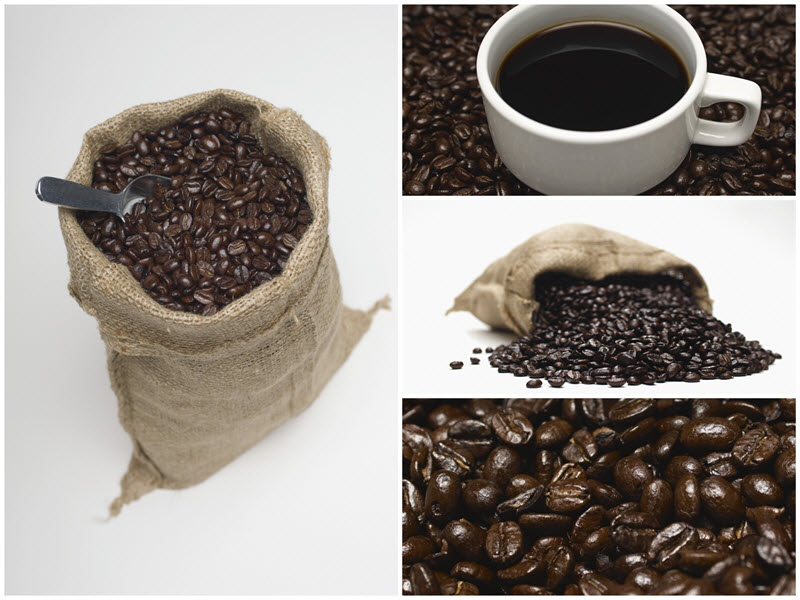You’ll probably agree that coffee is one of the tastiest beverages in the world. Chances are good that if you’re sat at your computer reading this or browsing on your phone, you’re drinking a cup of coffee right now. But how much do you know about choosing one brand over another? What makes a good cup of coffee?
The Two King Coffee Beans
There are two main species of coffee: Arabica and Robusta. Arabica is the finest, growing in the tropical and subtropical regions of the world. Arabica coffee beans have more complexity of flavour and fragrance, are not bitter and contain less caffeine than the Robusta.

Taste Vs Cost
Although Robusta coffee beans do not produce a gourmet grade of coffee, many large coffee companies use a blend of Arabica and Robusta, due to the significantly lower cost of the Robusta. These blends are generally weaker in flavor and aroma, producing an inferior product. When purchasing coffee, look for coffee labelled ‘100% Arabica’. Pound for pound, Arabica delivers superior taste with less coffee.
Growing The Beans
The quality of a good Arabica is largely determined by growing conditions. The best coffee bean is produced from trees grown at high altitude and under shade trees. Beans grown in the traditional way, under a canopy of shade trees slow the growth of the coffee, allowing each bean to mature slowly, producing more natural sugar, a more refined and complex flavour, with less caffeine.
Roasting
Roasting is another important factor in producing the perfect cup. There is no single roasting method applicable to every coffee bean. Roasting is an art and the specific degree of roasting the raw bean depends on the particular flavour characteristics of each variety.
Coffee beans are sold green, or (effectively ‘unroasted’) to the coffee importer. Once the harvest has been roasted, freshness becomes an issue. As soon as the process is complete, the flavour and characteristics begin to degrade, as the volatile oils which determine the taste and aroma begin to oxidise. Both flavour and aroma are degraded relatively rapidly by this process of oxidation. When purchasing coffee at the grocery store, look for products sealed in oxygen tight bags, preferably in whole bean form. Store the bags in your freezer if you’re not going to be using them within a week or two, and grind the coffee beans as needed for each pot. If you’re using a coffee machine, that grinding process may be integral.
Roasting At Home
If you’re really into producing a premium gourmet cup of coffee, you can purchase green coffee beans and roast your own. Roasting your own can be a rewarding hobby, allowing you to develop your own roasts to suit your taste. The results can prove outstanding, as each batch is so fresh, little oxidation occurs. According to experts, the difference in flavour is phenomenal. Oxidation occurs so quickly that even a month between roasting and consumption makes a world of difference in the flavour and quality potential. That sounds like a long time, but for most of us a lot of that time expires before the bag gets home.
So now you know how to shop for the perfect beans for the perfect cup. The degree of your enthusiasm will dictate the lengths to which you may go for a truly gourmet brew. I don’t know about you, but I think I’ll go make a pot right now!